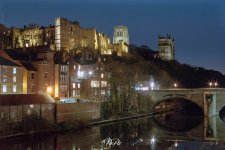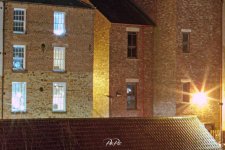- Messages
- 126
- Edit My Images
- No
35mm still has a big place for me even though I still use 120 and 5x4.
It has a certain quality that I like as well as being (as has already been said) portable, affordable and in some case, fully mechanical (yes that's the case for some MF and LF too).
I'm often impressed by a lot of the photographs from the great photographers who used 35mm for street photography as well as portraits and general stuff (Erwitt, Meyorowitz, Bresson, Fred Herzog, etc) and unsure how to replicate some of the looks they had (I know they used different films for a start). FOr example, how were they using K64 on what appears to be a foggy day yet everything is sharp??. Blows my mind.
It has a certain quality that I like as well as being (as has already been said) portable, affordable and in some case, fully mechanical (yes that's the case for some MF and LF too).
I'm often impressed by a lot of the photographs from the great photographers who used 35mm for street photography as well as portraits and general stuff (Erwitt, Meyorowitz, Bresson, Fred Herzog, etc) and unsure how to replicate some of the looks they had (I know they used different films for a start). FOr example, how were they using K64 on what appears to be a foggy day yet everything is sharp??. Blows my mind.





